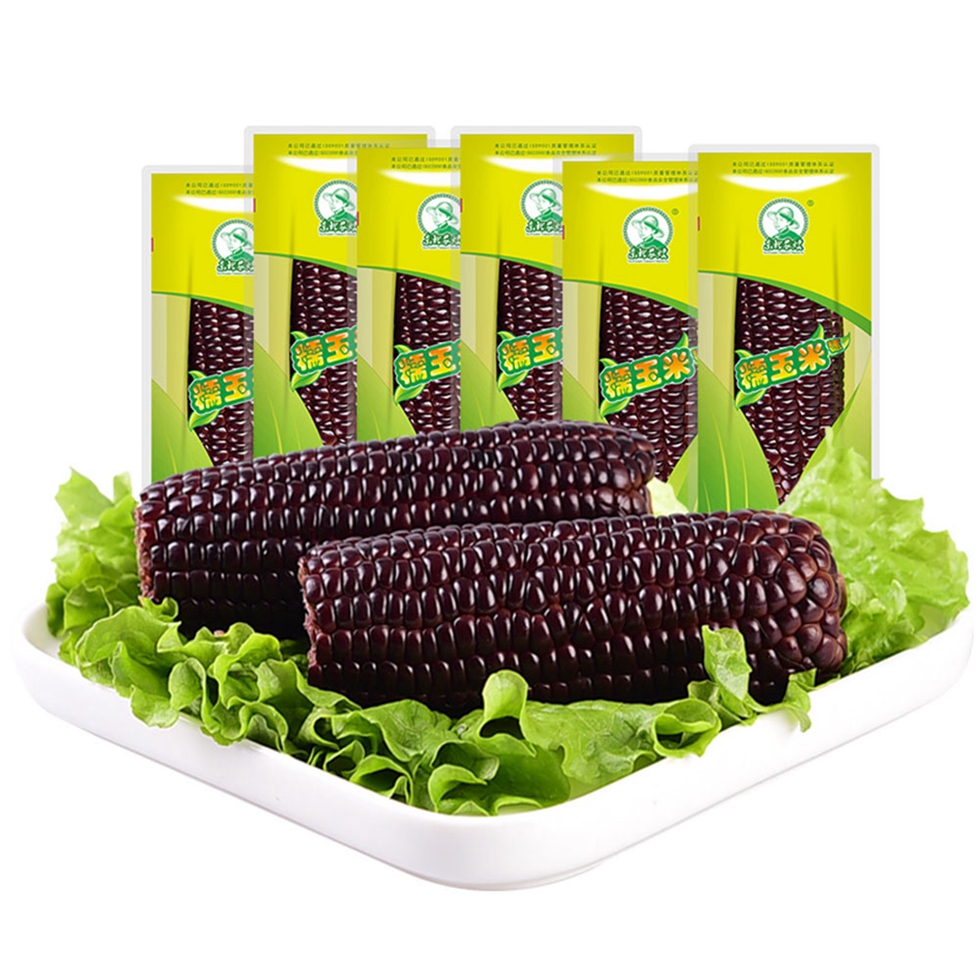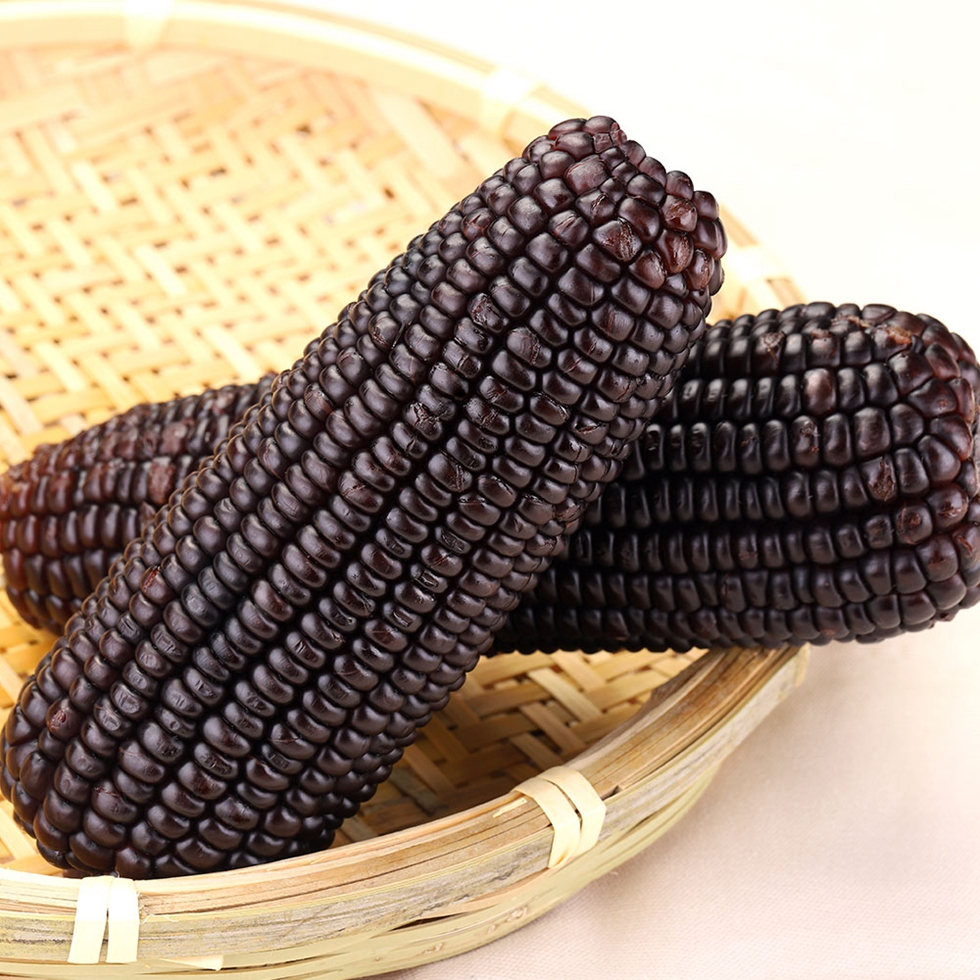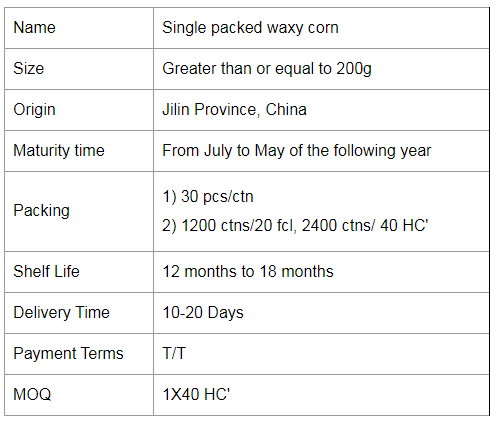(1) The fracturing stalk method uses the stalk press to longitudinally fry the grass stems, shortens the drying time, makes the drying time even, and has less nutrient loss. This method is most suitable for legume grasses and miscellaneous grasses. In recent years, the use of hard plastic brushes instead of mechanical metal elements in foreign countries is also effective for penetrating stalks.
(2) Layered flattening method of legume grass and crop straw This method is to timely cast leguminous pasture, lay wheat straw and straw on the scene, the thickness is about 10cm, the middle shop is 10cm thick, and the upper part is added. A layer of wheat straw or straw is used, and then it is rolled with a light tractor or other roller until most of the water in the grass is absorbed by the straw or straw. Finally, it is air-dried, dried, and piled. The alfalfa hay prepared by this method is green and has good quality. At the same time, it can also increase the nutritional value of wheat straw and rice straw, and is suitable for the modulation of small-scale legume grasses.
(3) Turning sun and grass ridge method for high yield mowing grassland, due to the thick grass easily cause uneven drying, need to turn over the sun after mowing, general sunning 2 times is appropriate, legume grass last sunning should be in the water content is not low At 40%-50%, ie when the blade should not be broken. The commonly used Shuangcao Ridge drying method in production is to dry the castrated grass and then use the side of the mower to form Shuangcao Ridge. After a certain degree of drying, the two lines are combined into one line.
(4) Timely Drying and Room Temperature Blow Drying
1 Haystacks or straw huts are dried. When the moisture content of pasture is reduced to 30% to 40%, they should be gathered, bundled and shaded, or air dried in the shed. Make sure to leave ventilation ducts on the hay bales to speed up drying.
2 Forage Grass Drying at Ambient Temperature After the cut grass is pre-dried to a moisture content of about 50% in the field, it is placed in a hay shed with an air passage and blown at room temperature with a blower or electric fan.
(5) Straw drying method
This method can accelerate the drying speed of forage grass. The quality of hay is good. It is suitable for artificially planted pastures and high-yielding natural pastures. The specific method of operation is to dry the cut grass on the ground for half a day - l days, so that the moisture content is reduced to 45% -50%, and then piled up from the bottom up, or typing into a small diameter of about 20 cm, grass The top is inward and avoids contact with the ground to absorb moisture.
(6) High temperature artificial rapid drying method
The pasture is placed in a dryer and the grass is dried quickly by high temperature, which can maintain 90%-95% of the green feed nutrients. In addition, the use of solar drying equipment to preheat the air and accelerate the drying speed of legume grasses can increase the feeding value of green hay by 6%-8%. In recent years, the use of chemical agents to accelerate the drying speed of legume pasture has also achieved very good results. For example, the Inner Mongolia Academy of Agriculture and Animal Husbandry uses K2C031.5%, NaHC031%, and CaC032%, and sprays the alfalfa on the day before the cutting. NaHCO3 has the best effect in accelerating the drying speed, reducing leaf shedding and nutrient loss.
(7) Modulation of frozen hay under low temperature conditions
The method is to first regulate the sowing time of pasture and forage crops so that they can enter the booting stage to the flowering stage when the frost comes. After the frosts are cut within 1 to 2 weeks, the grass and ridge ridges after cutting are lyophilized and dehydrated on the ground. Need to flip, when the water content drops below 20%, you can pull the stack. This method avoids the impact of the rainy season and avoids the labor shortage in the grassing season. Moreover, the brewed frozen hay has good palatability and green color and is conducive to the preservation of leaves, inflorescences and carotene.
Colorful Mottled Waxy Corn is generally white, yellow, red, purple and black, with white, yellow and Black Waxy Corn being the basic colours. The purple gene of a purple-white cross naturally becomes purple if it "beats" the white gene, and vice versa, so if the two make a tie, we see white and purple corn. Purple can turn into red and Fresh Black Corn, or as we often say, "red is purple and black is purple". Of these Mottled Waxy Corn, the most common Yellow Waxy Corn is the most nutritious, as it is rich in carotenoids.



Purple Waxy Corn,Single Packed Waxy Corn,Single Packed Black Waxy Corn,Single Packed Purple Waxy Corn
Jilin Province Argricultural Sister-in-law Food Co., Ltd. , https://www.nongsaocorn.com